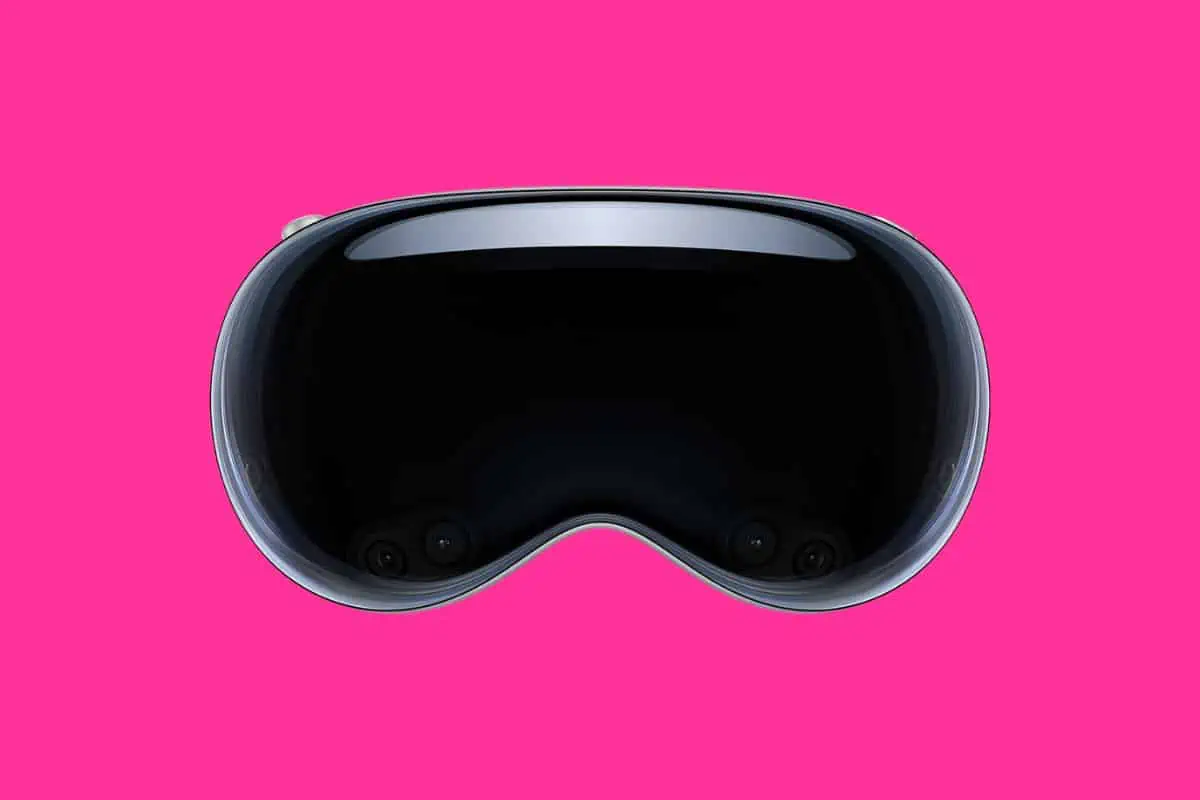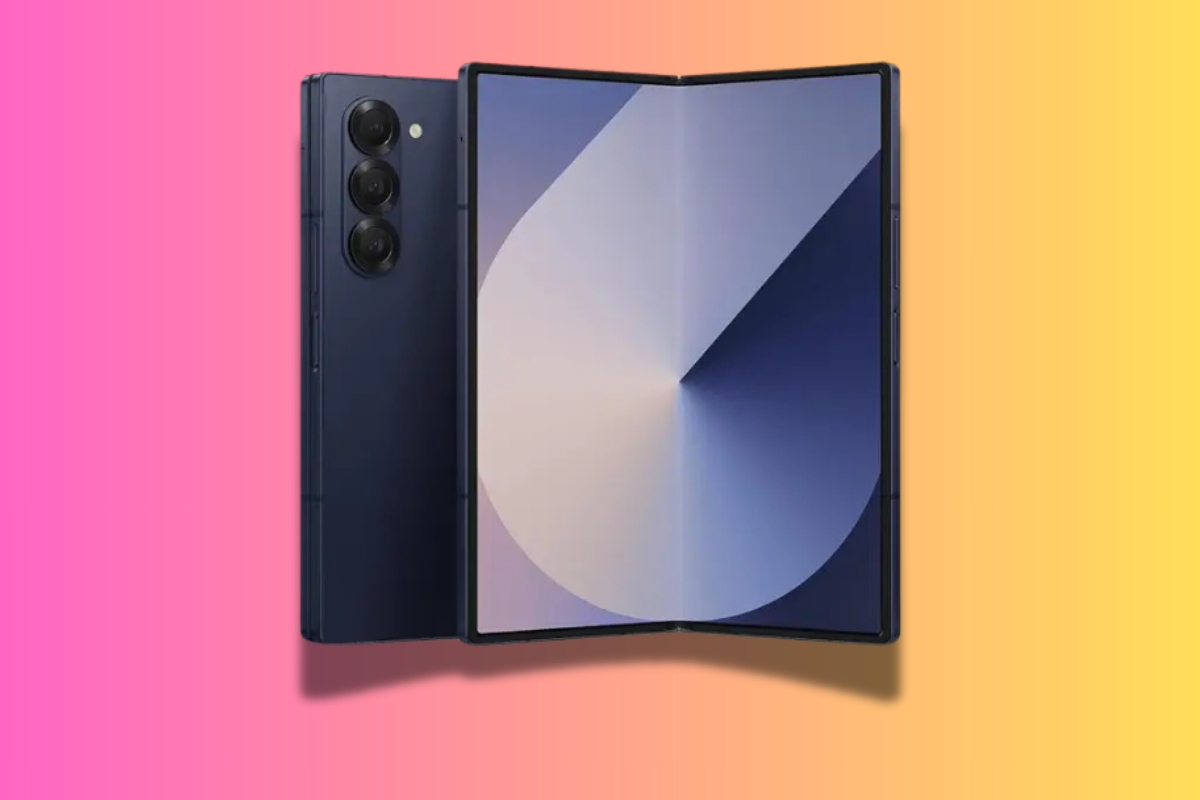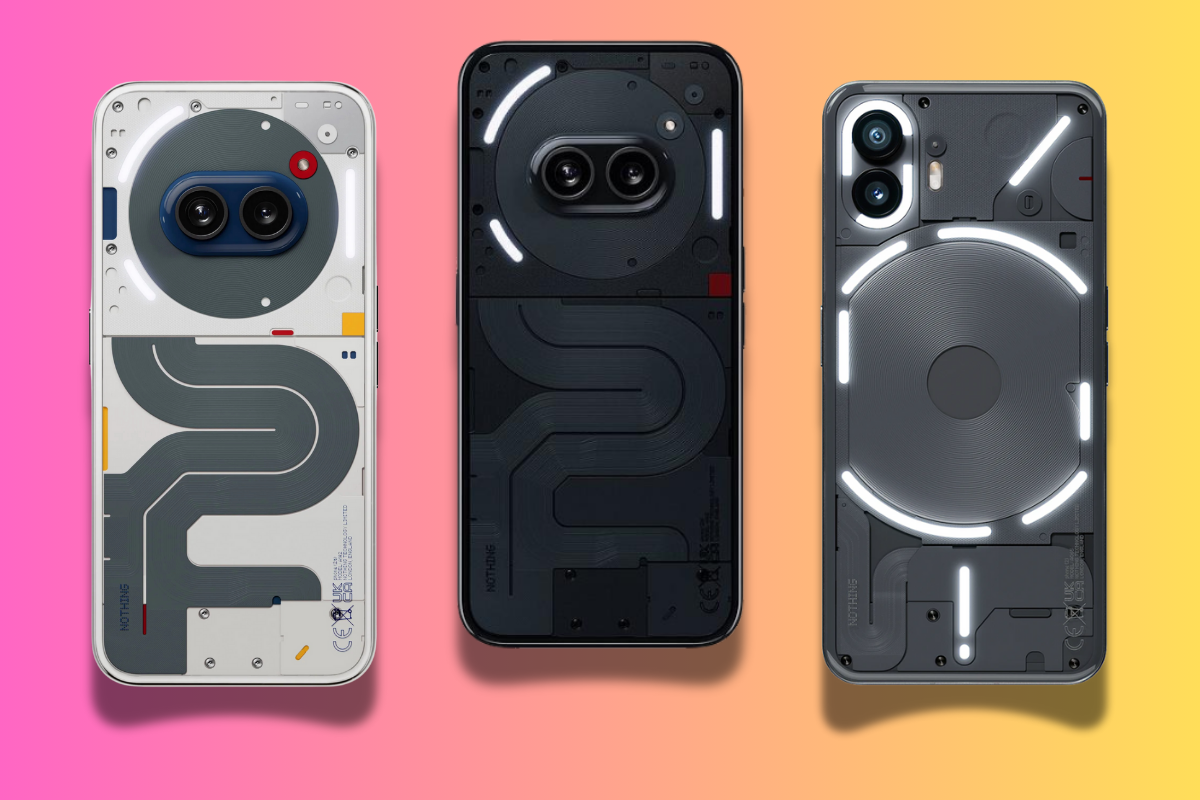Here’s how you use and work with the Apple Vision Pro with VisionOS, Apple’s brand new spatial computing operating system and UX…
Key Takeaways:
- Eye Movements as Cursor: VisionOS introduces a unique way of selecting elements on the interface using eye movements. This is made possible by advanced eye-tracking technology that translates eye movements into on-screen actions, creating an intuitive selection process.
- Hand Gestures for Interaction: Once an element is selected, users can interact with it using various hand gestures. This includes tapping, swiping, or pinching in the air to open apps, scroll through pages, or manipulate objects in the virtual space.
- Voice Control for Convenience: VisionOS incorporates voice control, allowing users to issue commands or input text through speech. This adds a layer of convenience to the navigation process, enabling hands-free control of the interface.
- Integration of Navigation Modalities: The integration of eye tracking, gesture control, and voice recognition creates a fluid and natural navigation experience. These three modalities work together to make the digital content feel almost tangible and the navigation process highly intuitive.
- Accessible and User-friendly Design: The multi-modal approach to navigation makes VisionOS accessible and user-friendly. Whether you’re a tech enthusiast or a novice user, navigating the VisionOS interface is a breeze, thanks to its intuitive and engaging design.
- Setting the Bar for Future AR/VR: The innovative navigation system of VisionOS sets a high bar for the future of augmented and virtual reality. It promises a user experience like no other, redefining how we interact with the digital world.
Sounds good, right? Well, wait until you hear how much the Apple Vision Pro costs – it’ll blow your socks off. Oh, and there’s bad news for anyone outside the US as well: looks like the first-gen of Apple Vision Pro will remain a US-exclusive, following its release date on February 2, 2024.
How Does Apple Vision Pro Work?
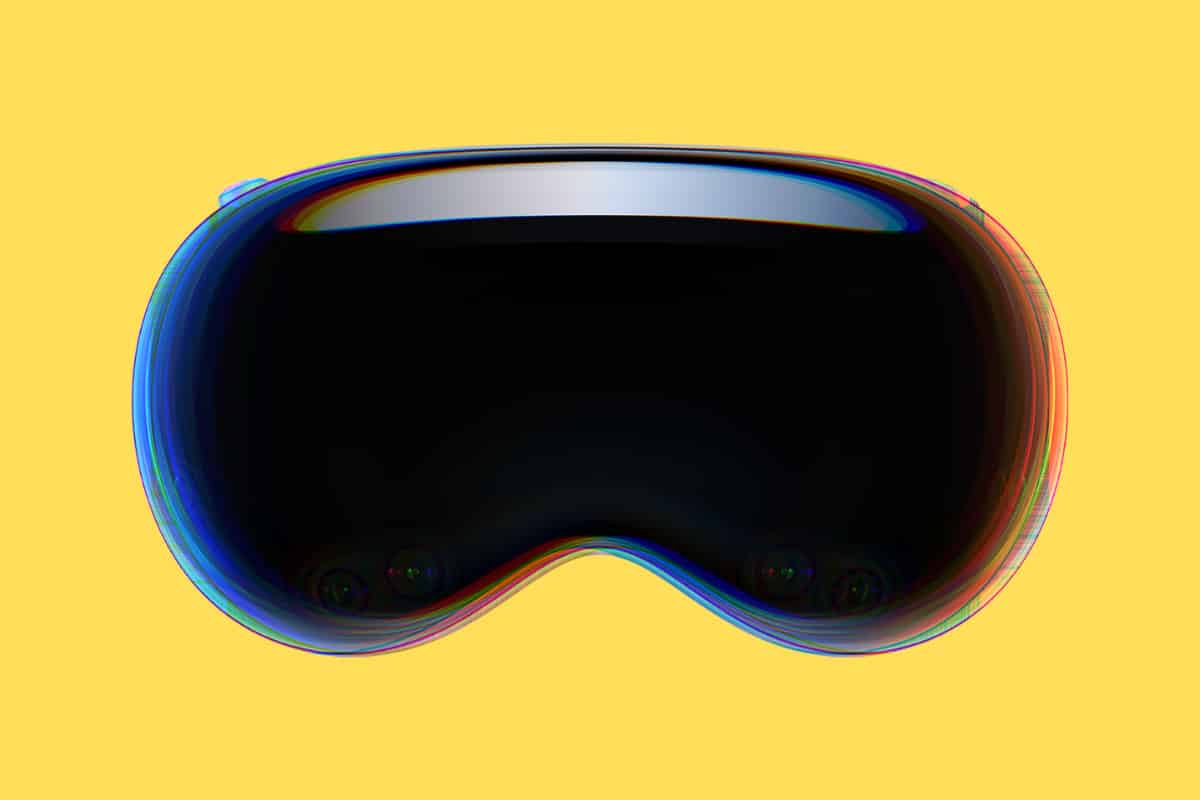
The advent of Apple’s Vision Pro, powered by VisionOS, has marked a significant leap in the realm of augmented and virtual reality. This impressive technology is one of the coolest (and most expensive) consumer tech products ever launched, bringing with it a completely new, intuitive way of navigating and interacting with content.
It takes elements of VR in the vein of Meta’s Oculus headsets and augmented reality, first popularized by Google with its Google Glass, and kind of melds them together into the most expensive pair of snowboarding glasses you’ve ever seen.
But perhaps the biggest thing about Apple’s Vision Pro headset is that it requires an entirely new navigation system for getting around its operating system, VisionOS.
Let’s now delve into the unique navigation experience used by Apple Vision Pro with VisionOS, exploring how eye movements, hand gestures, and voice control work together to create a seamless and natural user experience.
Eye Movements
One of the standout features of VisionOS navigation is the use of eye movements. By simply looking at an app or feature on the interface, users can select it, much like moving a cursor with a mouse.
This is made possible by advanced eye-tracking technology integrated into the Apple Vision Pro headset. The device uses infrared sensors to track the user’s eye movements in real-time, translating these movements into on-screen actions.
This allows for a highly responsive and intuitive selection process, making navigation feel natural and effortless.
Hand Gestures
Once an element on the interface is selected using eye movements, hand gestures come into play. VisionOS recognizes a variety of gestures, allowing users to interact with the selected elements in a way that feels familiar and intuitive.
Users can tap, swipe, or pinch in the air to open apps, scroll through pages, or manipulate objects in the virtual space.
This is achieved through the use of advanced motion tracking technology that captures and interprets the user’s hand movements. The result is a highly interactive user experience that blurs the lines between the physical and digital worlds, making the digital content feel almost tangible.
Voice Control
To further enhance the navigation experience, VisionOS incorporates voice control into its interface. This feature allows users to issue commands or input text through speech, adding another layer of convenience to the navigation process.
Whether you want to open an app, search for a file, or even dictate a message, all you need to do is speak your command.
The voice recognition system in VisionOS is designed to understand and respond to a wide range of commands, making it a powerful tool for hands-free navigation and control.
The Integration of Eye Tracking, Gesture Control, and Voice Recognition
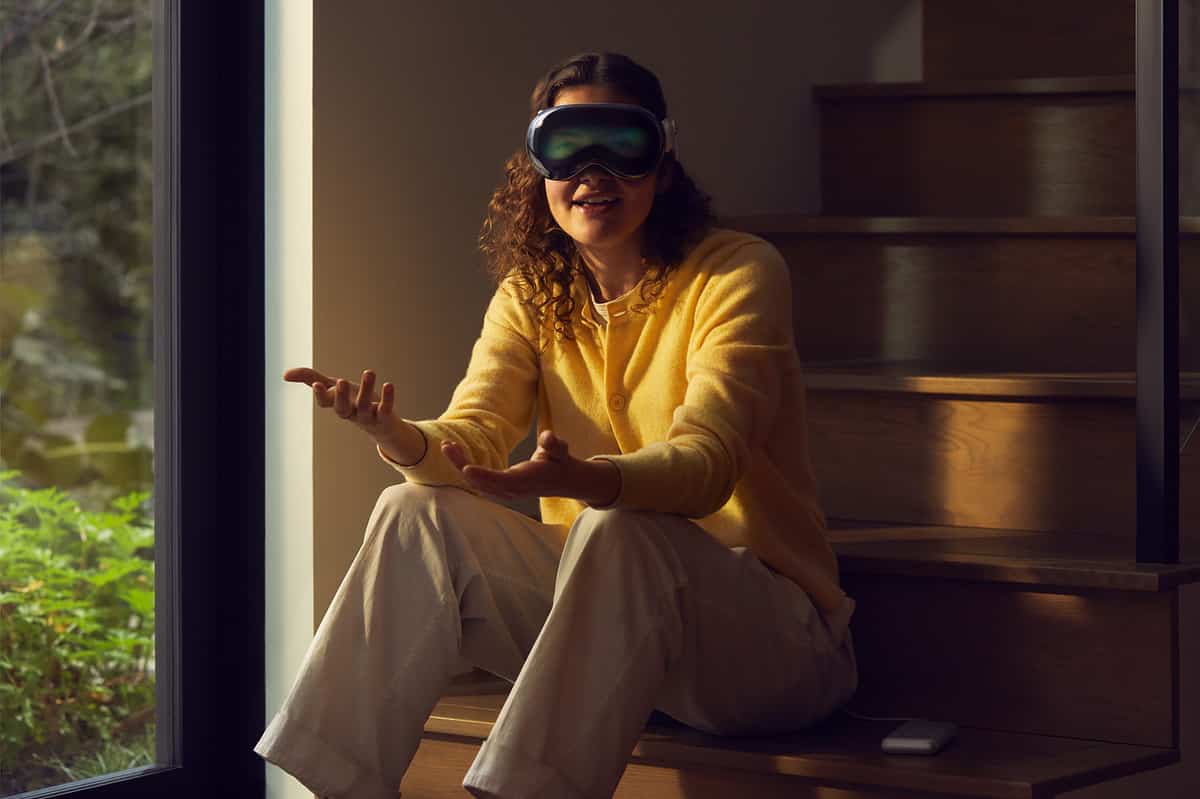
The true magic of VisionOS navigation lies in the seamless integration of eye tracking, gesture control, and voice recognition. These three modalities work together to create a navigation experience that is fluid, natural, and highly intuitive.
The process begins with eye tracking, which allows users to select elements on the interface. Once an element is selected, gesture control enables interaction with the element, whether it’s opening an app, scrolling through a page, or manipulating a digital object.
Finally, voice control provides an additional means of interaction, allowing users to issue commands or input text without the need for physical input.
This multi-modal approach to navigation not only makes the user experience more engaging but also makes it more accessible. Like an iPhone or iPad, VisionOS is designed to be simple to use so that anyone – or anyone with deep enough pockets to afford one – can pick it up and start using it right away.
TL;DR: Apple Vision Pro Release Date Details
🚀 Launch & Availability
- Sale Date: Available from February 2 in the USA.
- Pre-Order: Open from mid-January in the USA.
- Price: $3,499 (≈£2,749).
- UK Launch: Apple has not yet confirmed a UK release date for the Apple Vision Pro, meaning it will be a US-exclusive at launch.
🔊 Innovative Audio Features
- Audio Pods: Equipped on each side with dual drivers.
- Spatial Audio: Described as Apple’s most advanced system.
- Personalized Experience: Uses TrueDepth FaceID sensor from iPhone to tailor audio based on head and ear shape.
- Audio Ray Tracing: Adapts sound to match the room’s acoustics, similar to Apple HomePod’s technology.
- Unique Appeal: Offers a surround sound-like experience with a single-speaker design.
Look. There’s no way around the fact that the Apple Vision Pro is expensive. It is also fairly innovative too, effectively moulding together aspects of Meta’s Oculus headsets and Google’s Glass concepts together, in one heads-up display. It even has its own, proprietary OS – VisionOS.
But for the best part of $4000, it is mightily expensive. Is it going to replace your Mac? Probably not. Your iPhone? Nah. Is it good for watching films on? Yeah! But so too is my 85in 4K Samsung TV which I’d argue is far more useful and costs significantly less.
